Top 10 Natural Wonders Of The World 2025
By ICON TEAM | Published on May 09, 2025
List Of Top 10 Natural Wonders Of The World 2025:
With its magnificent landscapes and occurrences that serve as a constant reminder of Earth's extraordinary diversity and beauty, the natural world never ceases to enthral and inspire. The 10 natural wonders listed below, as of 2025, are notable for their breathtaking characteristics, ecological importance, and timeless appeal. These locations showcase the planet's most amazing wonders, ranging from majestic mountains to thriving undersea habitats.
1. Great Barrier Reef, Australia:
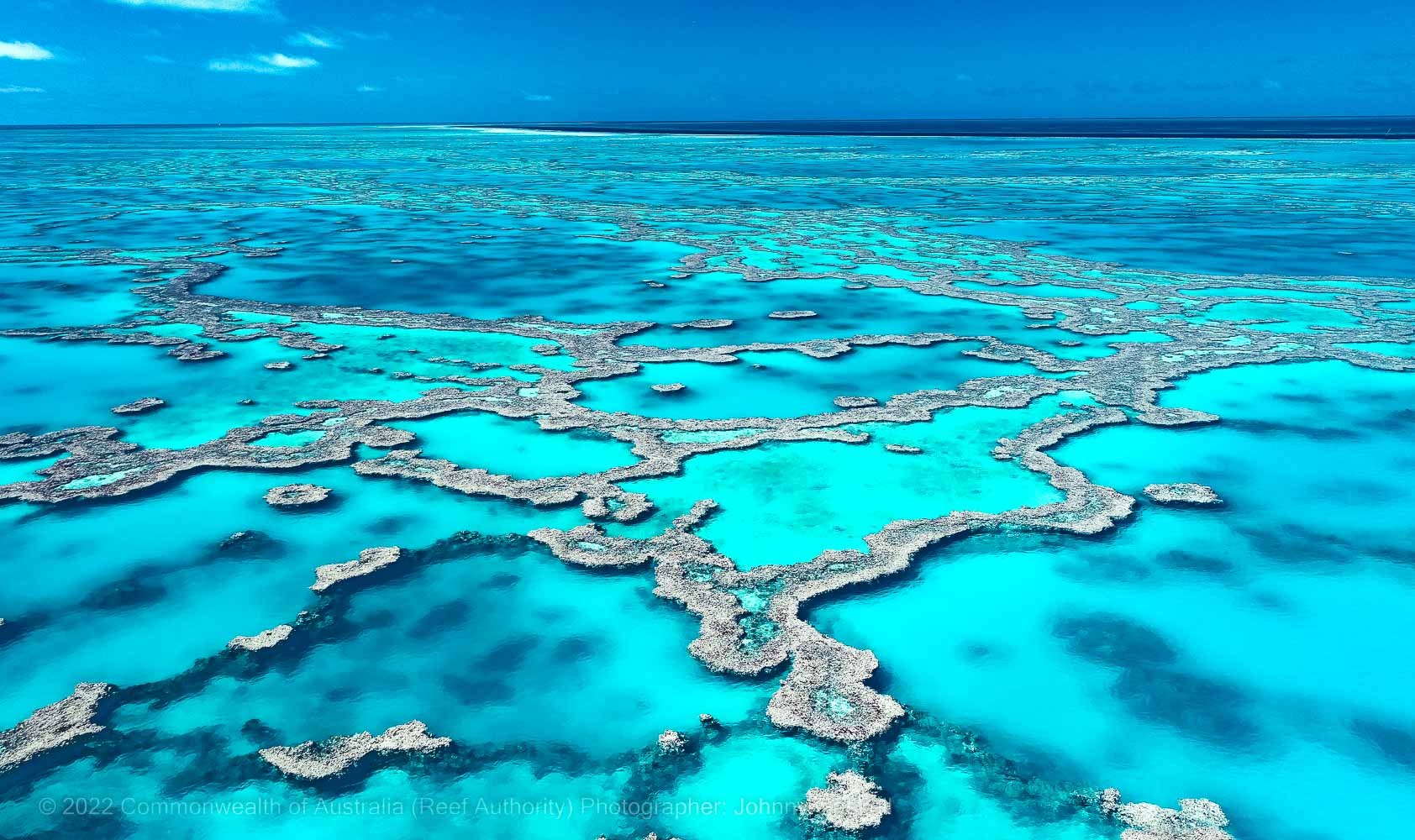
Stretching over 2,300 kilometres along Australia's northeastern coast, the Great Barrier Reef is the biggest coral reef system in the world. It is teeming with marine life, including sea turtles, tropical fish, and colourful corals, and is made up of more than 2,900 distinct reefs and 900 islets. Conservation initiatives in 2025, like cutting-edge coral regeneration methods, are aiding in the preservation of this UNESCO World Heritage Site despite persistent threats from climate change and coral bleaching. For divers and marine enthusiasts, its colourful underwater mosaic is still a must-see.
2. Grand Canyon, United States:
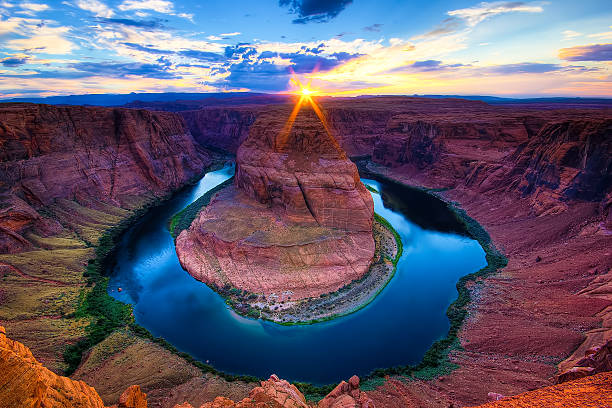
The Grand Canyon in Arizona is a geological wonder that was sculpted over millions of years by the Colorado River. Its layered rock formations, which are 446 kilometres long and up to 29 kilometres wide, display the history of Earth in striking red, orange, and gold tones. By 2025, improved ecotourism programs will guarantee sustainable travel, with hiking routes, rafting excursions, and airborne tours providing unmatched vistas. Visitors are still in awe at the canyon's imposing size and breathtaking views.
3. Aurora Borealis, Arctic Regions:
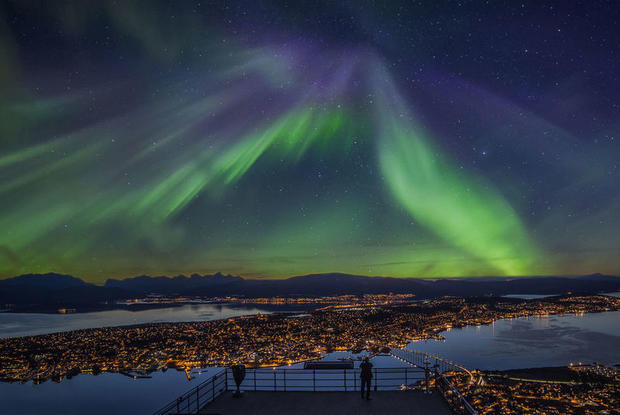
In arctic regions such as Canada, Iceland, and Norway, the night skies are illuminated by the Aurora Borealis, also known as the Northern Lights. This celestial spectacle produces dazzling curtains of green, purple, and blue as charged particles from the sun collide with gases in the atmosphere. By 2025, travellers will have an easier time seeing this ethereal phenomena thanks to improvements in aurora predicting technologies. The experience is enhanced by remote lodges and glass igloos, which provide front-row seats to the light show of nature.
4. Amazon Rainforest, South America:
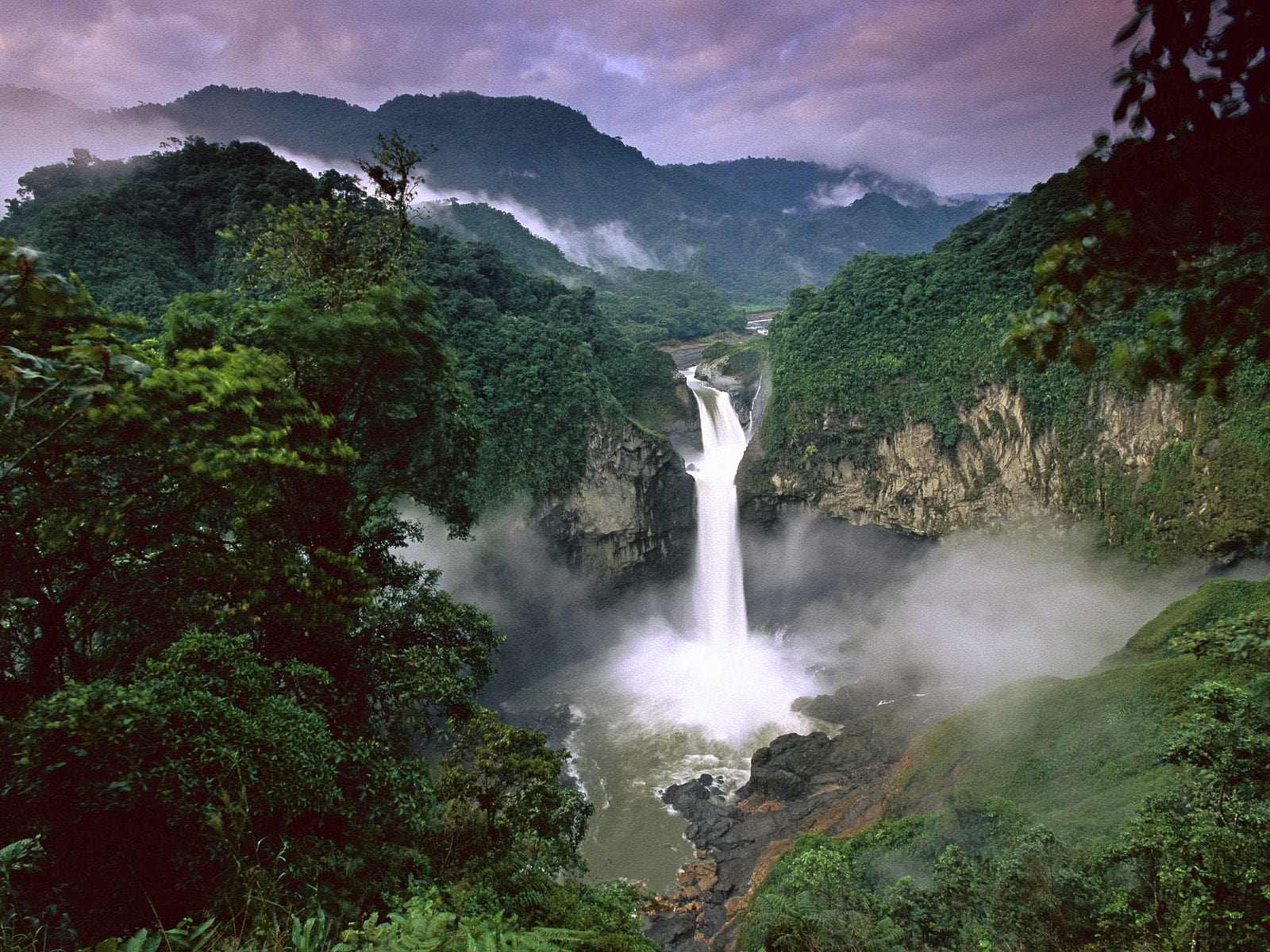
The world's largest tropical rainforest and a hotspot for biodiversity, the Amazon Rainforest spans nine countries. It is home to millions of species, such as vivid macaws, sloths, and jaguars, and it is essential to the management of the world climate. By 2025, tourists will be able to experience its thick jungles, meandering rivers, and towering canopy while also contributing to preservation efforts thanks to sustainable tourism and indigenous-led conservation initiatives. The untamed, unadulterated beauty of the Amazon is evidence of the natural diversity of the planet.
5. Mount Everest, Nepal/China:
Mount Everest, the highest peak in the world, is 8,848 meters high and sits on the boundary between China and Nepal in the Himalayas. Its snow-capped peak has long served as a representation of both the majesty of nature and human tenacity. Stricter rules on climbing permits and garbage disposal are planned for 2025 in an effort to save the mountain's delicate ecology. Everest's majesty is unrivalled, whether observed from base camps or climbed by daring mountaineers.
6. Victoria Falls, Zambia/Zimbabwe:
The Zambezi River plunges 108 meters into a basalt gorge at Victoria Falls, often known as "The Smoke That Thunders," one of the biggest waterfalls in the world. Its mist, which is 1.7 kilometres wide and visible for miles, produces rainbows and verdant surroundings. In 2025, eco-friendly tours that assist local conservation while allowing guests to feel the falls' raw force include boat cruises and walking trails. Its booming sound and breathtaking beauty will never be forgotten.
7. Galápagos Islands, Ecuador:
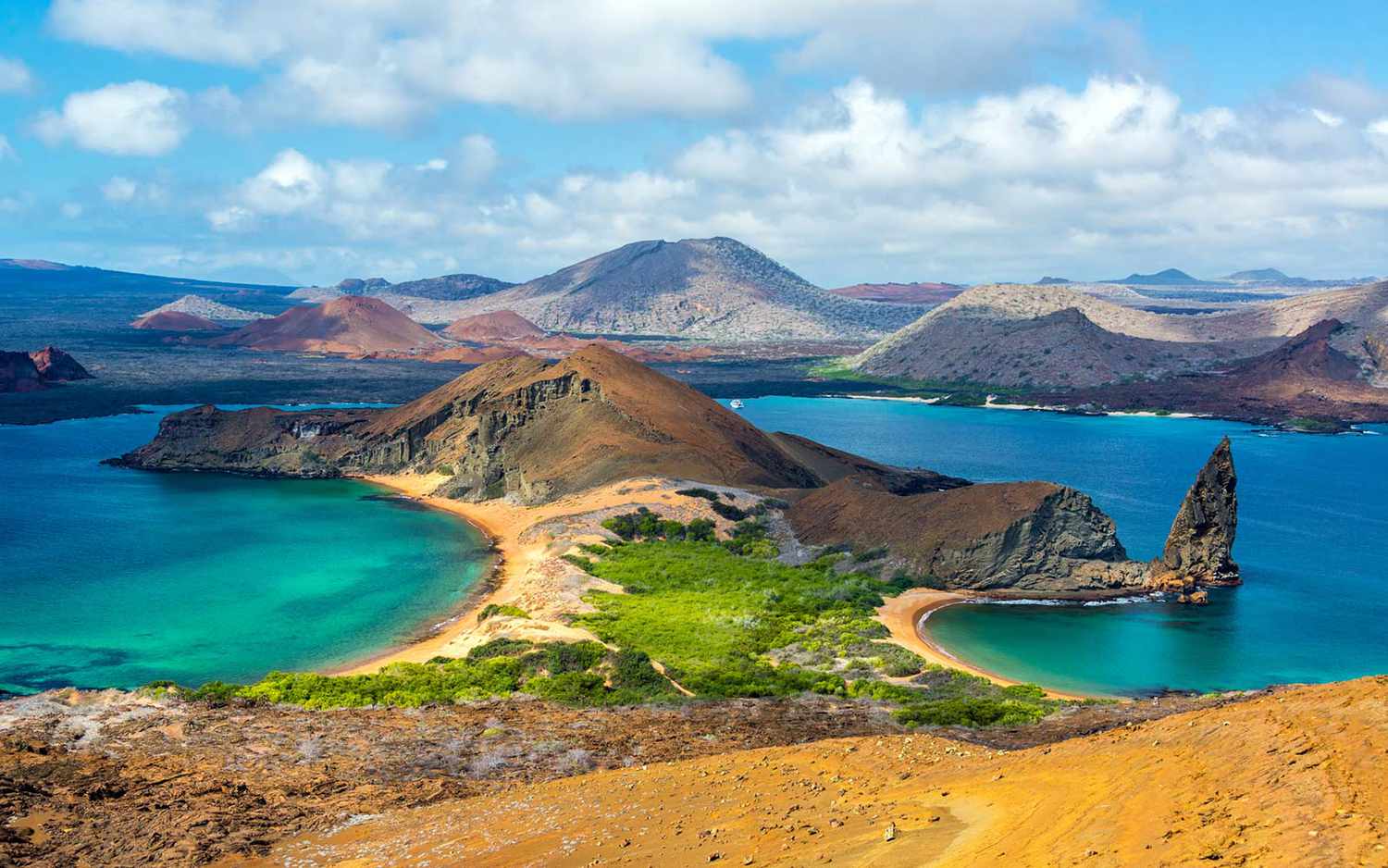
A living example of evolution is the Pacific Ocean's volcanic Galápagos Islands archipelago. Charles Darwin's theory of natural selection was inspired by the unique species that flourish in this remote ecosystem, including blue-footed boobies, giant tortoises, and marine iguanas. Tightly controlled tourism in 2025 guarantees little environmental effect, and guided excursions provide an understanding of the islands' delicate equilibrium. For both scientists and nature enthusiasts, the Galápagos Islands continue to be a haven.
8. Sahara Desert, North Africa:
North Africa is home to 9.2 million square kilometres of the Sahara, the biggest hot desert in the world. A bleak yet captivating scenery is produced by its enormous dunes, rocky plateaus, and historic oases. In 2025, immersive experiences like camel rides and stargazing under clear skies are available on cultural excursions run by nomadic groups. Adventurers looking for peace and amazement are still drawn to the Sahara by its ageless beauty and rugged elegance.
9. Ha Long Bay, Vietnam:
Northern Vietnam's Ha Long Bay, a UNESCO World Heritage Site, is well-known for its emerald seas and thousands of limestone karsts covered in verdant vegetation. Legend has it that dragons spewed diamonds into the sea to create the islands in the bay. By 2025, tourists will be able to explore its hidden caverns and floating communities while maintaining its pristine ecosystem thanks to eco-friendly cruise lines and kayaking tours. Everyone who visits is enthralled by the bay's ethereal appeal.
10. Antarctica’s Ice Shelves:
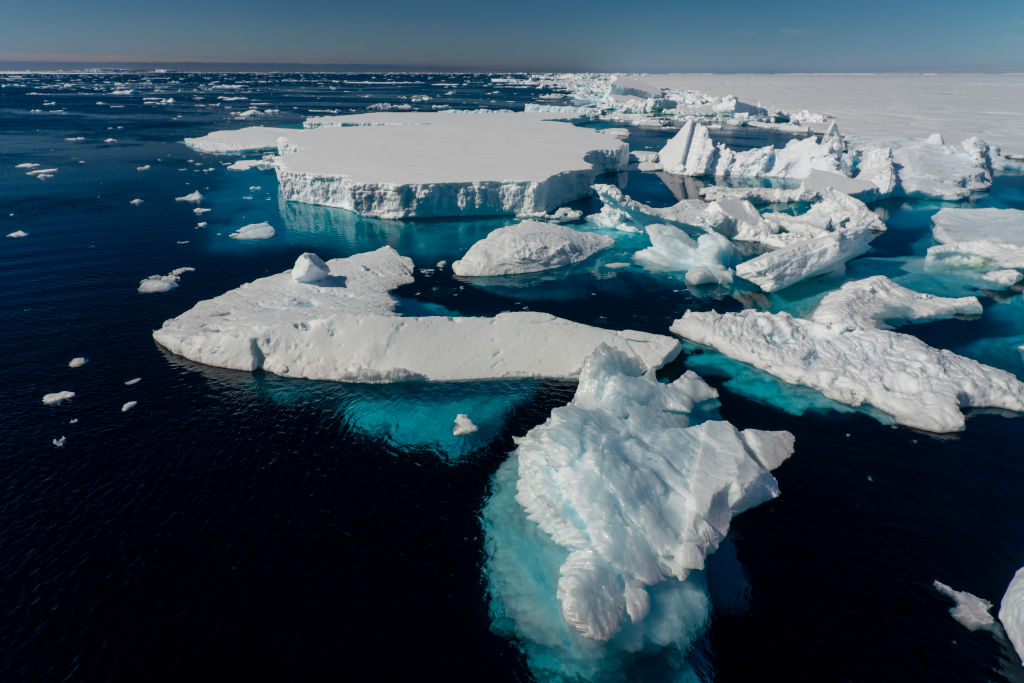
One of the planet's most pristine natural wonders is Antarctica's enormous ice shelves, which contribute to the continent's surreal environment. This frozen environment is characterised by towering icebergs, glistening glaciers, and a wealth of species, such as seals and penguins. Responsible expedition cruises in 2025 follow stringent environmental regulations while providing visitors with an opportunity to take in Antarctica's unspoiled splendour. The continent is a sobering reminder of the frailty of nature as climate change threatens its glacial vastness.
Comments 0